Up Next

It’s good to hear that Formula 1 is going to consider making modifications to the sporting regulations to avoid a repeat of the chaos we had at Spa, although it remains to be seen whether the right changes will be made.
To my mind, it would be easy to have a positive impact and increase the chances of a race getting going in consistently wet conditions with some relatively straightforward changes. While most of the teams and drivers feel it was impossible to get a race going at Spa, there are ways at least to try that are created by following proposal.
Nobody wants to see drivers injured or big crashes. But while I have always championed safety, it’s also important not to simply give up if the conditions are on the edge. The below approach should ensure that every opportunity is given.
This is how I would propose the weekend runs in the event of a rain-disrupted event. And just in case we miss out on qualifying, I would formalise in the regulations this structure of formulating the grid:
Qualifying
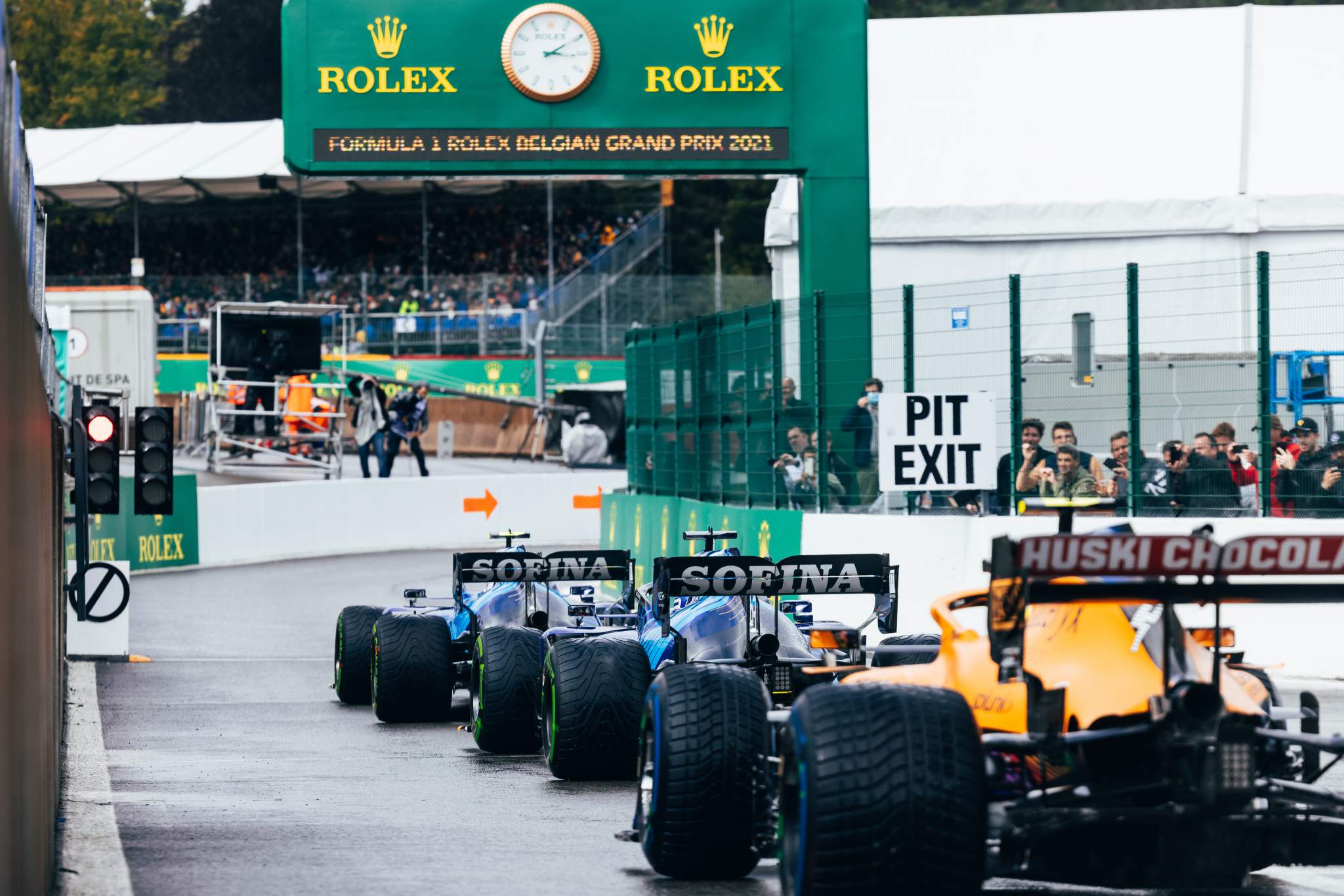
If the full qualifying session cannot be finished on the Saturday then it will be completed in full on the Sunday morning. If that cannot be achieved then the grid will be formulated as follows:
– If Q3 is rained out, Q2 times will count for the grid.
– If Q2 and Q3 are rained out, Q1 times will count for the grid.
– If qualifying does not take place, FP3 will set the grid. Likewise, FP2 or FP1 can be used if necessary should practice sessions also not take place.
– If no practice or qualifying can take place, the result of the last race will dictate the grid.
This is a simple and straightforward way to do things. While it’s likely F1 would have used this system anyway, it’s not fully laid out in the sporting regulations.
This system means there’s no doubt a race can happen should conditions on Sunday allow it even in a worst-case scenario on Friday and Saturday.
Pitlane opening and damaged cars
There was some uncertainty about what should happen with Sergio Perez at Spa when he was recovered to the pits after crashing on one of his laps to the grid. So we can tackle this with a simple rule.
Once the pitlane opens pre-race, all cars that exit the pits must make it to the grid or enter the pitlane under their own power. If they cannot leave the pitlane before it is closed then they must start from the pitlane. This needs to be achieved before the lead car completes its first race lap.
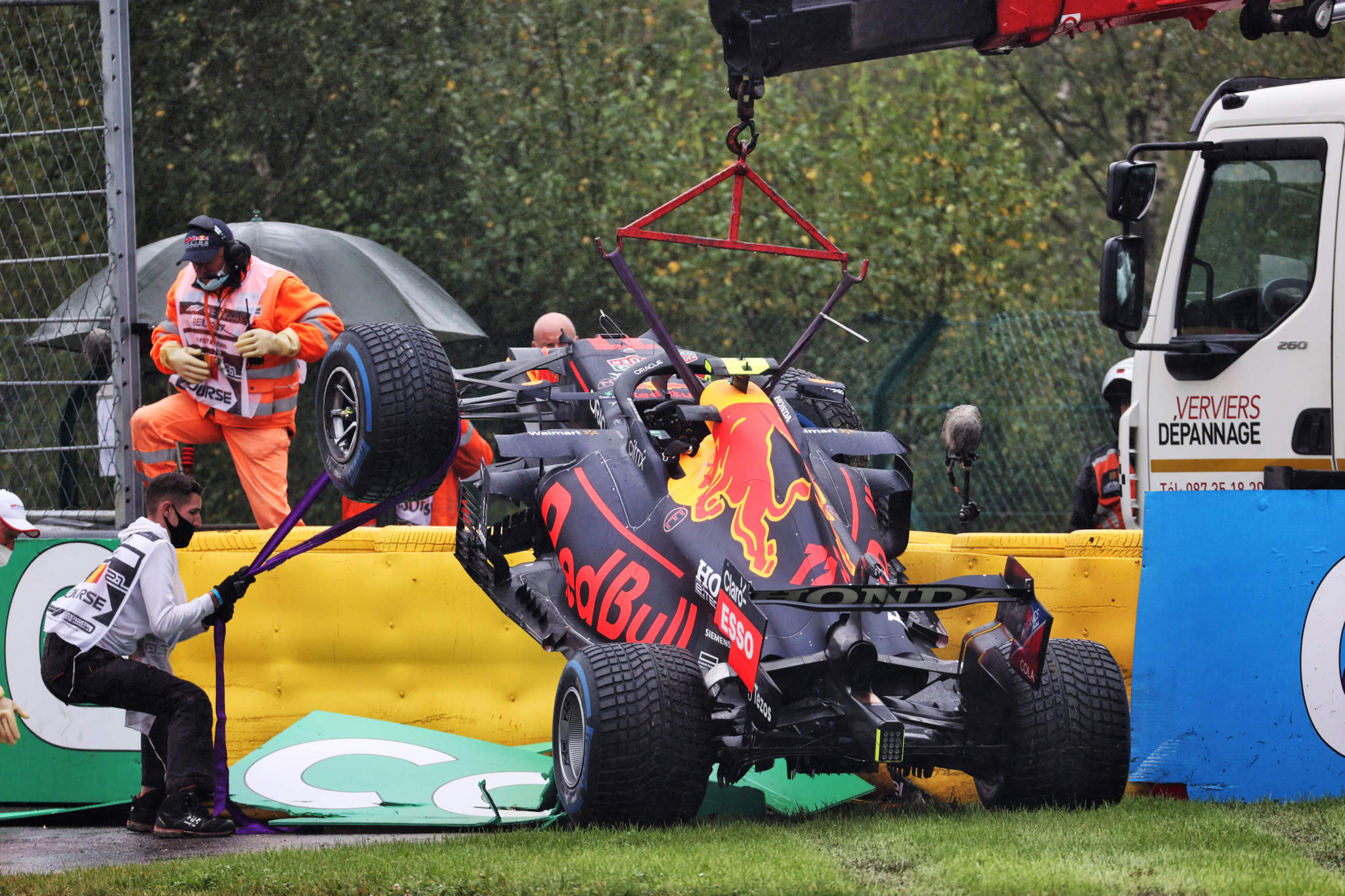
It’s clear that the intention is not to allow cars that have a major problem on a lap to the grid to start, so that should be put in the regulations. If you don’t make it back under your own power, you cannot start.
This will also prevent teams getting involved in trying to hurry up recoveries and ensure that the situation is clear and understood by everybody.
The race
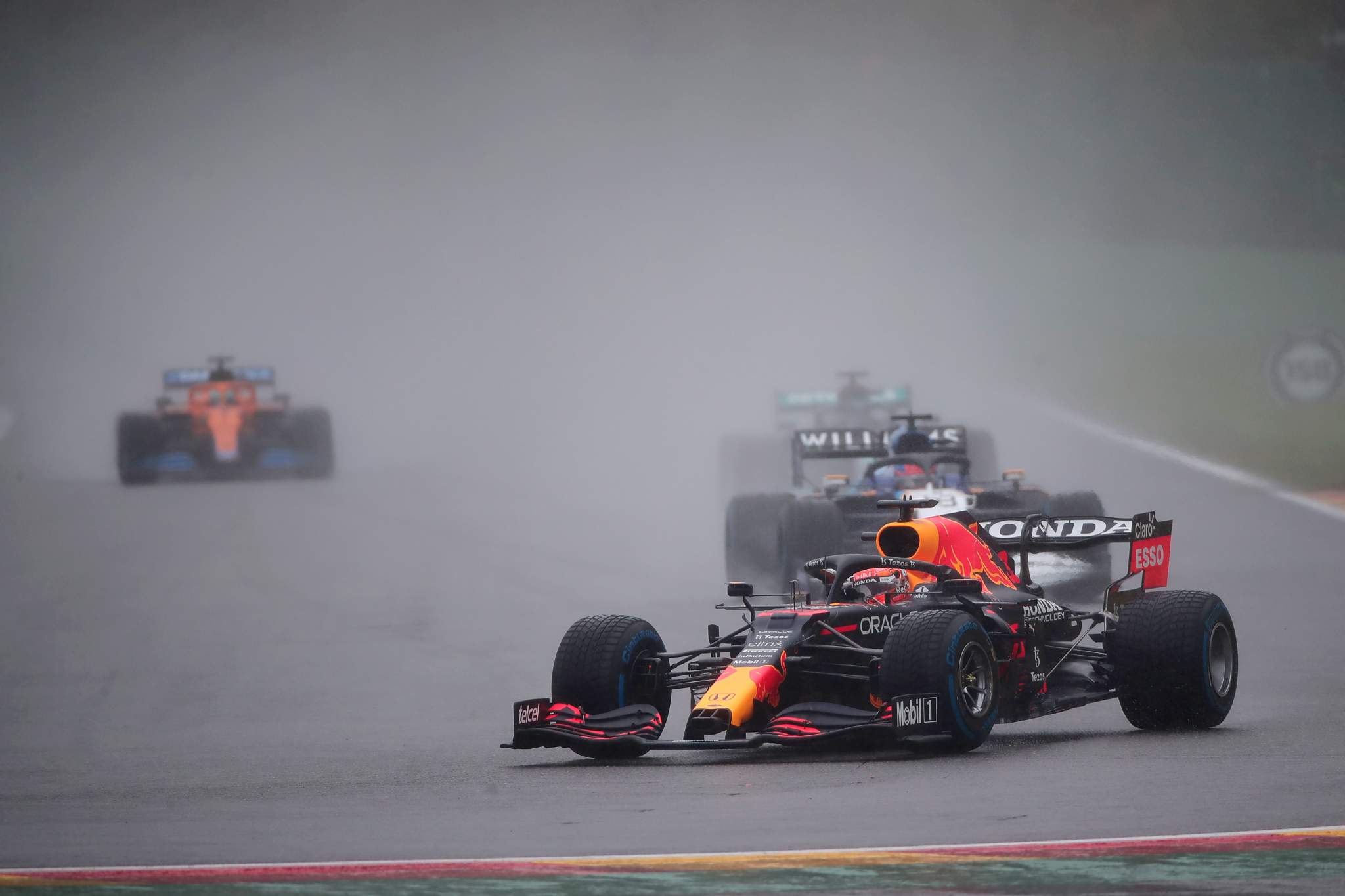
Starting the race at 1400hrs, rather than 1500hrs, may mean the American audience has to get up a little bit earlier, but this will give F1 a wider window to run the race.
The race starts as per the schedule behind the safety car with all cars on wet tyres.
The two-hour race clock starts counting when the green light goes on to signal the cars to start their formation lap, i.e. at 1400hrs.
The event-duration clock, i.e. the time the race has to be completed within regardless of any stoppages, also starts with the green light at 1400hrs.
The safety car will do one lap, which is counted as the formation lap.
The safety car will then complete a second lap and then pull into the pits. This will count as the first lap of the race.
The track will stay under a full course yellow, so no overtaking, with the lead car dictating the pace followed by all others at a safe distance.
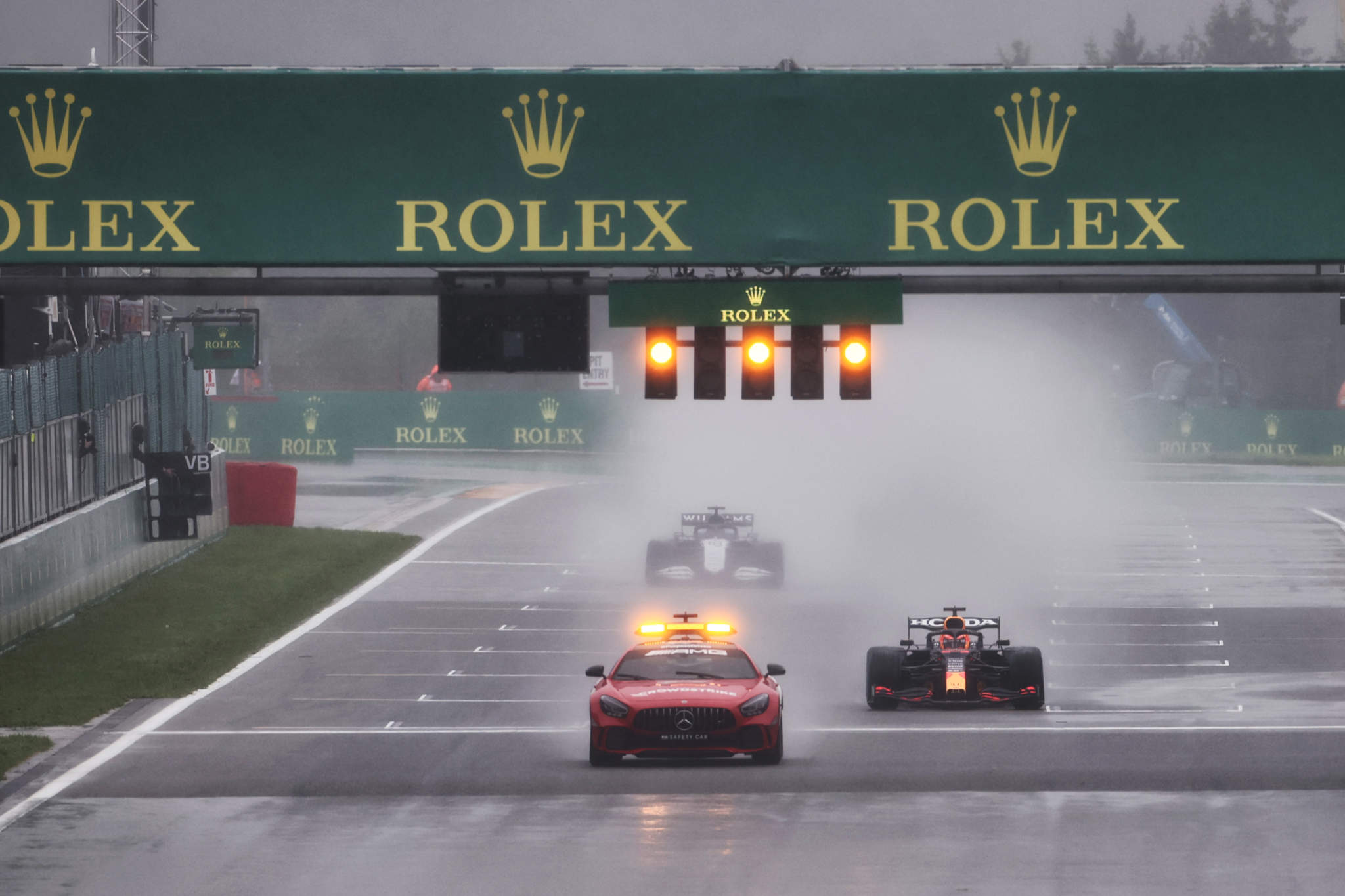
The field will complete a minimum of two laps (both counted as race laps) at their own speed discretion.
During these two laps, any driver who has won a world championship will report via radio to their team and the FIA regarding the conditions. If there are fewer than three world champions on the grid, the driver(s) without a title but the most wins will be included in those discussions.
If the majority of them feel it is safe to race then the lead car and all others will be informed by the end of sector 1 to slow the pace to allow all drivers to bunch up. This needs to be completed to a satisfactory level before the end of sector 2. Radio communication between the drivers and their respective teams relative to achieving this is welcomed.
If the majority of the competing world champions say it is not safe to race then they will proceed under yellow with the lead driver dictating the pace.
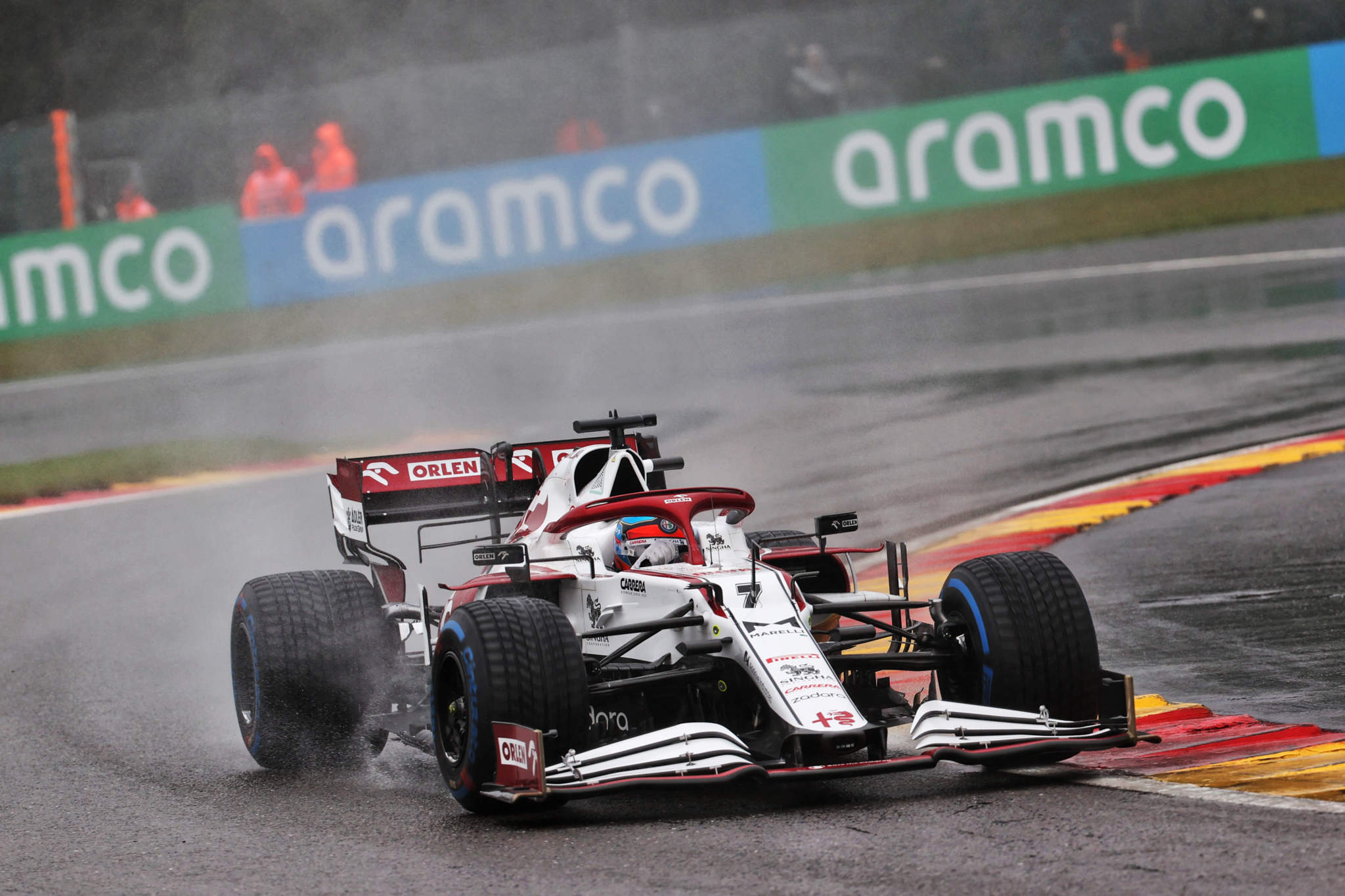
When the race is deemed safe it will be a rolling start with the green light shown at the start line. No overtaking before this line.
In the event of a safety car being required during the event, the above procedure of following the safety car for one lap after the incident has been cleared away and then handing over to the lead car will be repeated. Again, this will allow for two laps to consult with the competing world champions to judge if the conditions are safe to start racing.
Any car pitting during these safety car or yellow flag laps must join at the rear of the field of cars which are still on the lead lap.
A shortened race
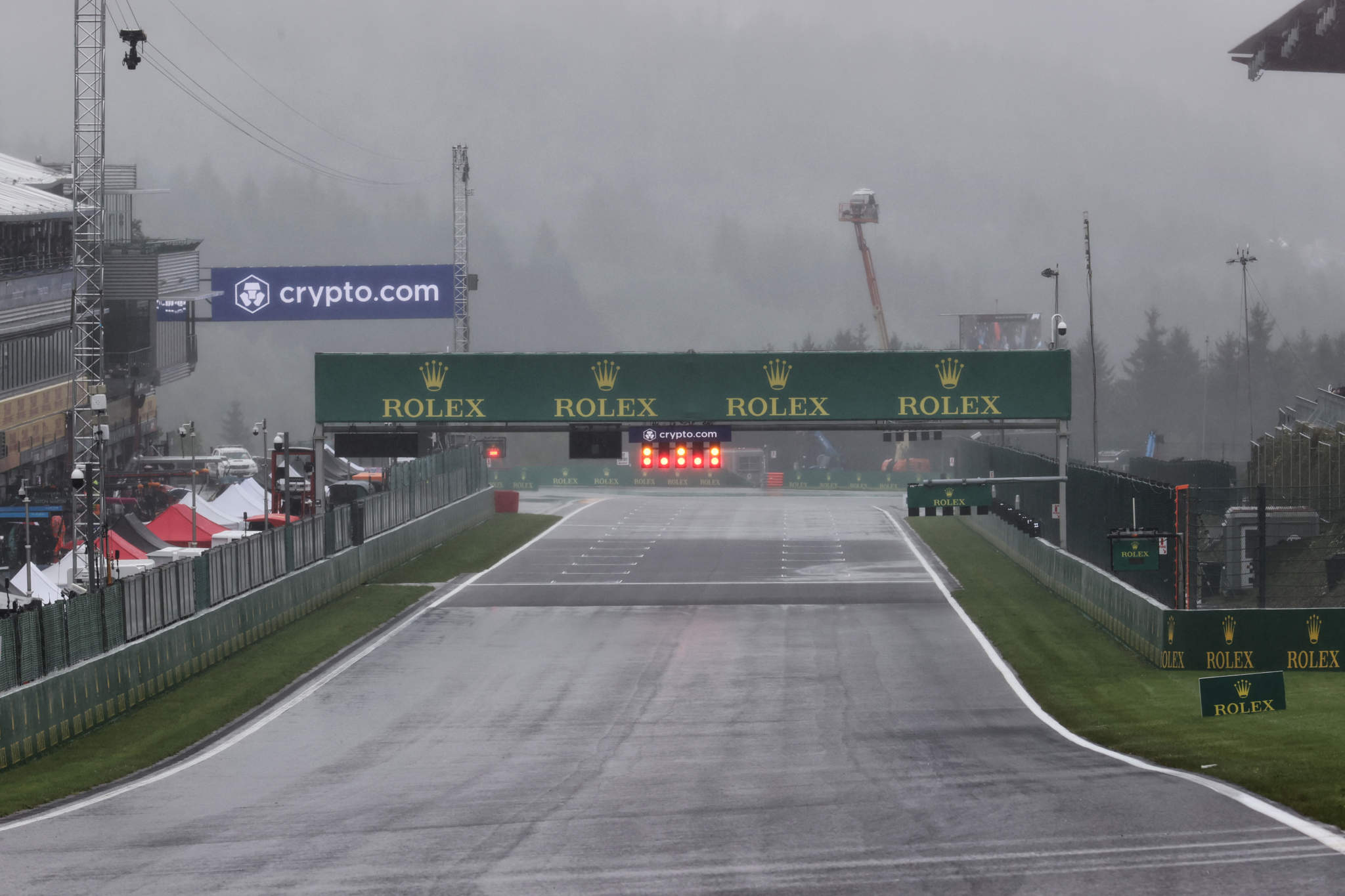
To qualify for a race result in the case of a shortened race, the following must have been achieved:
Green flag running of a minimum of 25% of the scheduled race distance will be required before any points are distributed (laps with local yellows still count as green flag laps).
Half points will be distributed if the lead car has completed more than 50% of the scheduled race distance – combined green flag and safety car laps count for this calculation.
Full points will be distributed if the lead car has completed more than 75% of the scheduled race distance – combined green flag and safety car lap count for this calculation.
If a red flag is thrown to end the race early and to allow for the one-lap countback then for both of these points distribution scenarios the lead car will need to have completed a minimum of 50% or 75% plus one lap, this lap can be counted as the in-lap to the pits.
These may seem like minor changes, but they are significant. The decision-making process will be informed by those who are best-placed to judge the conditions, and by drivers with enough stature to give an honest opinion rather than to be pressured by their teams or for them to make rash decisions relative to there qualifying position. Easy to say ‘let’s race’ if you are on pole, not so easy if you are 10th.
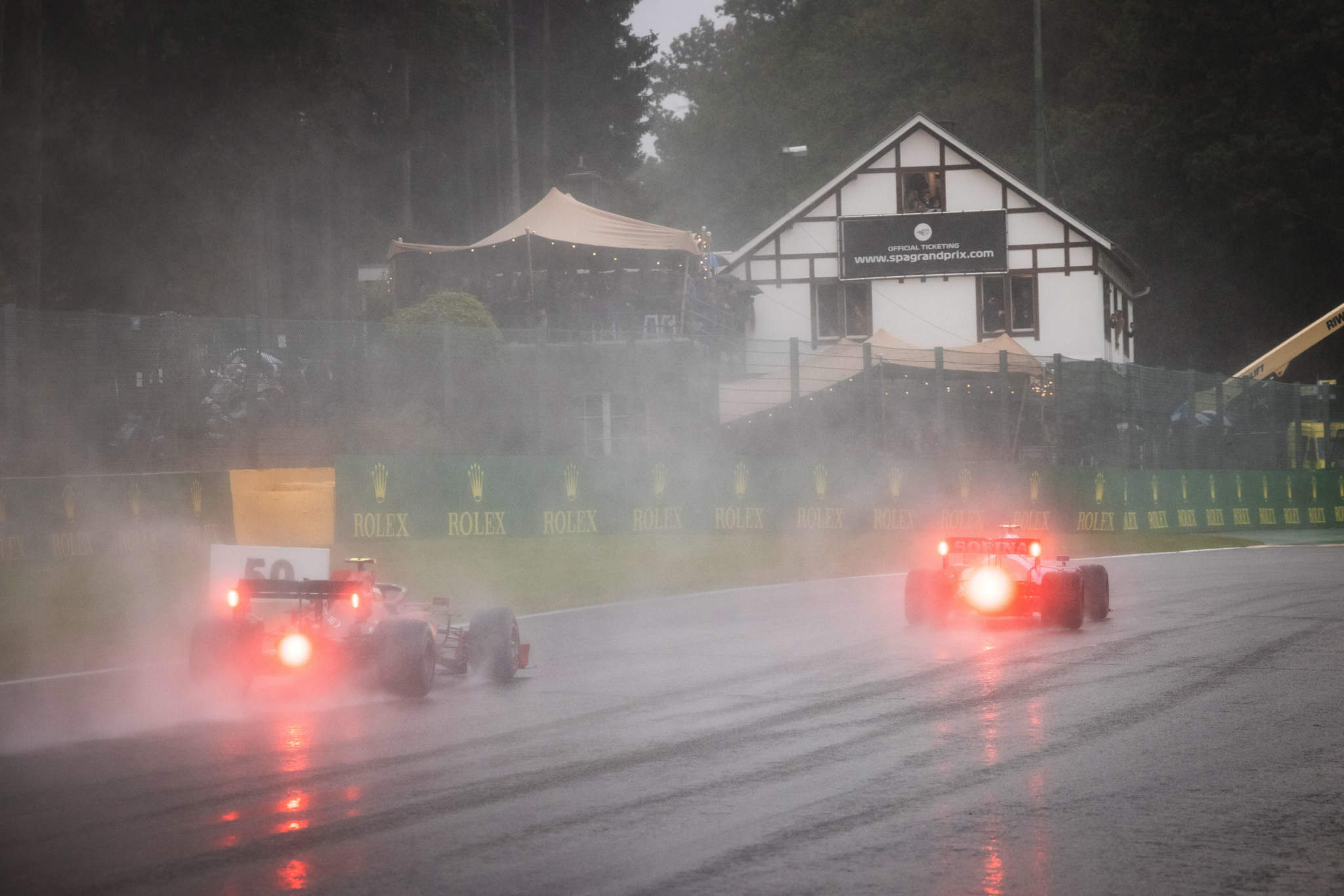
By allowing the cars to run more quickly as an interim step between the safety car running and full racing speeds, it will make it easier to judge conditions and also clear some of the water.
This is important because once you get the track in a reasonable condition, the cars circulating at speed will prevent water building up on the racing line. So it becomes a positive spiral.
In reality, there will be a point where the track becomes too wet to race on. But it’s up to F1 to ensure that it’s as difficult as possible to get to that point and that there is a good set of regulations to try and get the race going safely.
These changes will also ensure that, if racing is possible, it’s impossible to pass off something that clearly isn’t a race as a grand prix. That was one of the most embarrassing things about what happened at Spa
Spa revealed that the rules aren’t quite up to it and with various talks going on during the event it showed that no-one really had a clue as to how to proceed. It’s important the real problems are tackled and the regulations are improved and understandable to all.








